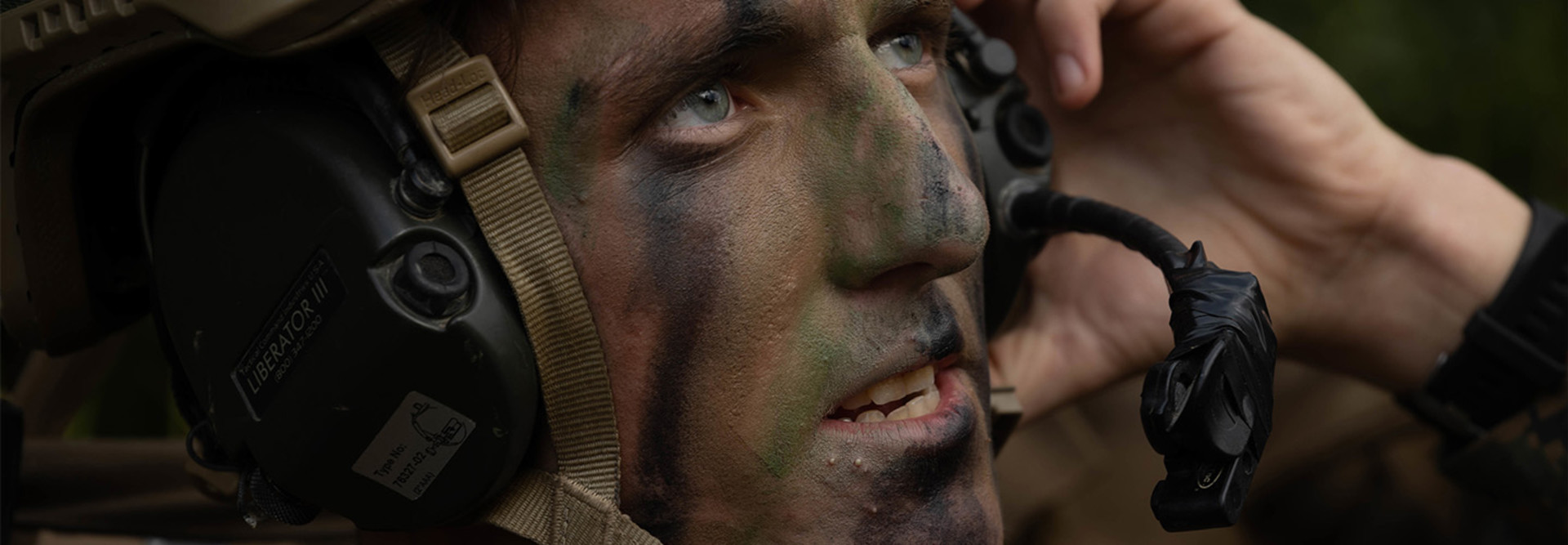Has Encryption Made SIPRNet and NIPRNet Irrelevant?
Encryption upgrades have made the key communication protocols more effective and more readily available on the commercial side; for example, through the tools found in the CSfC Multi-Site Connectivity Capability Package.
“Although there have been advances made in our encryption capabilities, I don’t believe that these advances make SIPRNet and NIPRNet irrelevant,” says Mark DeVol, federal area vice president for Cradlepoint. Instead, the advances have expanded DOD’s options.
Modern encryption “has opened up the aperture,” Halvorsen says. “It gives us many more possibilities, particularly on the unclassified side.”
The move from hardware-based to software-defined encryption is proving to be a game changer.
“That makes encryption more readily available, and it tends to lower the cost,” Halvorsen says. “And you can field software-based encryption faster.”
MORE FROM FEDTECH: The CSfC program continues to evolve.
What Would Retiring Networks Look Like for DOD?
In the most likely scenario, defense agencies will make a gradual transition from existing networks to commercially supported solutions, experts say.
“You'll initially see augmentation of SIPR and particularly NIPR,” Halvorsen says.
At first, the use of software-based encryption “will allow us to have more pathways to deliver the communications or the data,” he says. As acceptance grows, “we will get to a point where the NIPRNet becomes more of the backup and not the dominant platform that is used to move the data around,” Halvorsen adds. “You'll see the data being moved around on a collection of commercial methods and commercial systems.”
This transition is already underway. Vendors are working with DOD to explore the possibilities for using private cellular networks in some circumstances.
“This would allow the DOD to use a cellular technology such as 4G LTE or 5G but on a network that they control,” DeVol says.
Such a move “would give them the ability to extend their network connectivity to areas where commercial cellular isn’t available,” as well as places where wired connectivity is unavailable or too expensive to run, he adds.
DISCOVER: Spectrum sharing supports DOD’s 5G efforts.
Interoperable Commercial Solutions Are the Future of DOD Security
Defense leadership recognizes there are advantages to embracing commercial technology.
“The DOD has been trying for years to move away from custom-built, proprietary solutions — which are typically very costly to maintain — and adopt more commercial, off-the-shelf solutions where they can,” DeVol says.
With today’s COTS solutions, “you can communicate faster, and it will also lower the cost of the operations of those systems,” Halvorsen says, adding that a move to interoperable commercial solutions would give defense agencies far greater flexibility in how they share information.
“Today, I can send an email into NIPRNet from anywhere, but I'm not actually on that network,” he says. “If I can use a system that is more open, I can communicate with more flexibility, faster and at lower cost.”












